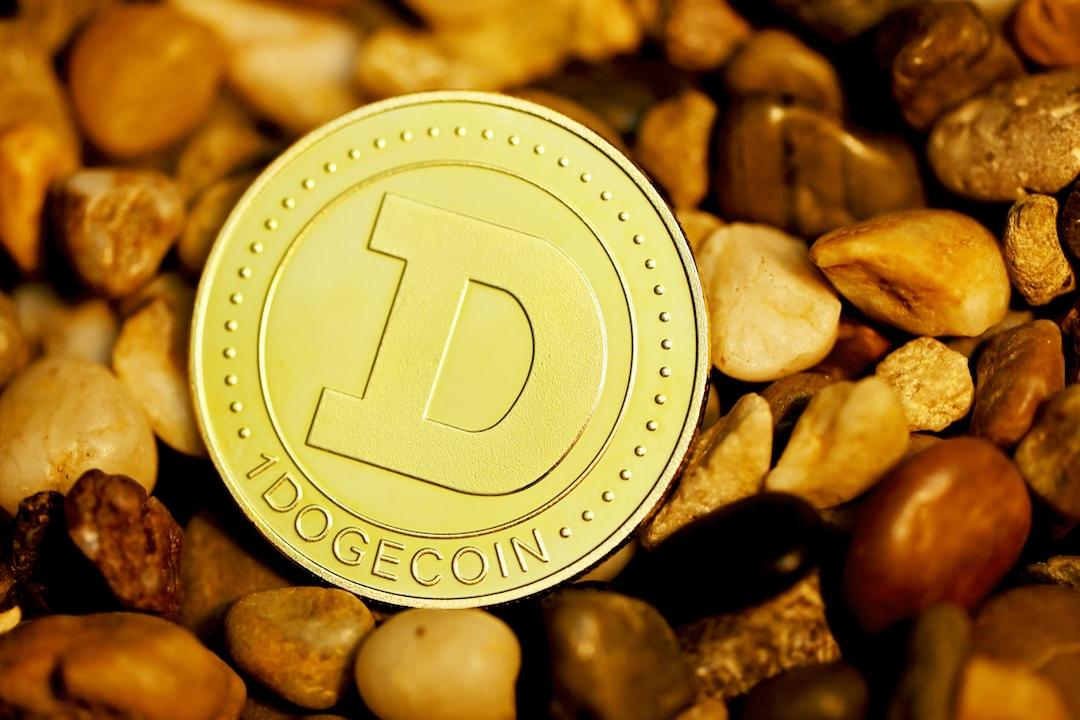Bitcoin experienced a decline in price on October 21, dropping to $67,000 and erasing the gains made in the previous three days. Analysts suggest that this correction may have been due to investors reducing their exposure to Bitcoin as a result of concerns about the impact of traditional markets. However, metrics for Bitcoin derivatives remained stable, indicating that demand for Bitcoin derivatives as a hedge remained consistent. If there had been expectations of further decline, these metrics would have shown more volatility.
The premium for Bitcoin futures, which is typically between 5% and 10% in neutral markets, was only slightly affected on October 21. The higher pricing of monthly BTC futures, which indicates a bullish sentiment, was reflected in the extended settlement period. The annualized premium (basis rate) remained above 9% on October 21, even as Bitcoin tested the $67,000 support level. However, it is important to confirm whether this sentiment was isolated to Bitcoin futures markets before drawing conclusions. Based on price charts alone, it appears that Bitcoin’s price movement mirrored that of the stock market throughout the day.
Arif Husain, head of fixed-income at T. Rowe Price, stated that the US 10-year Treasury yield is expected to test the 5% threshold in the next six months. This is driven by rising inflation expectations and concerns about government fiscal spending. When investors sell their bonds, yields increase, indicating a desire for higher returns. The government plans to issue new debt, while the Federal Reserve aims to reduce its balance sheet to control inflation and prevent the economy from overheating. The US debt interest costs have exceeded $1 trillion annually, leading the central bank to consider lowering interest rates.
Despite Bitcoin being viewed as uncorrelated to traditional markets, recent data shows that it has remained highly correlated with the S&P 500 over the past month. This suggests that similar factors are influencing both markets. The correlation between Bitcoin and gold has also increased, surpassing 80% on October 3. Bitcoin options markets further support the resilience of derivatives, as put options are trading at a discount compared to call options.
Overall, derivatives traders did not panic in response to Bitcoin’s recent price decline. If they had expected further downside, the skew would have shifted towards zero or higher. Bitcoin derivatives continue to demonstrate resilience. It is important to note that this article is for general information purposes only and should not be taken as legal or investment advice. The views expressed are solely those of the author and do not necessarily reflect the views of Cointelegraph.

